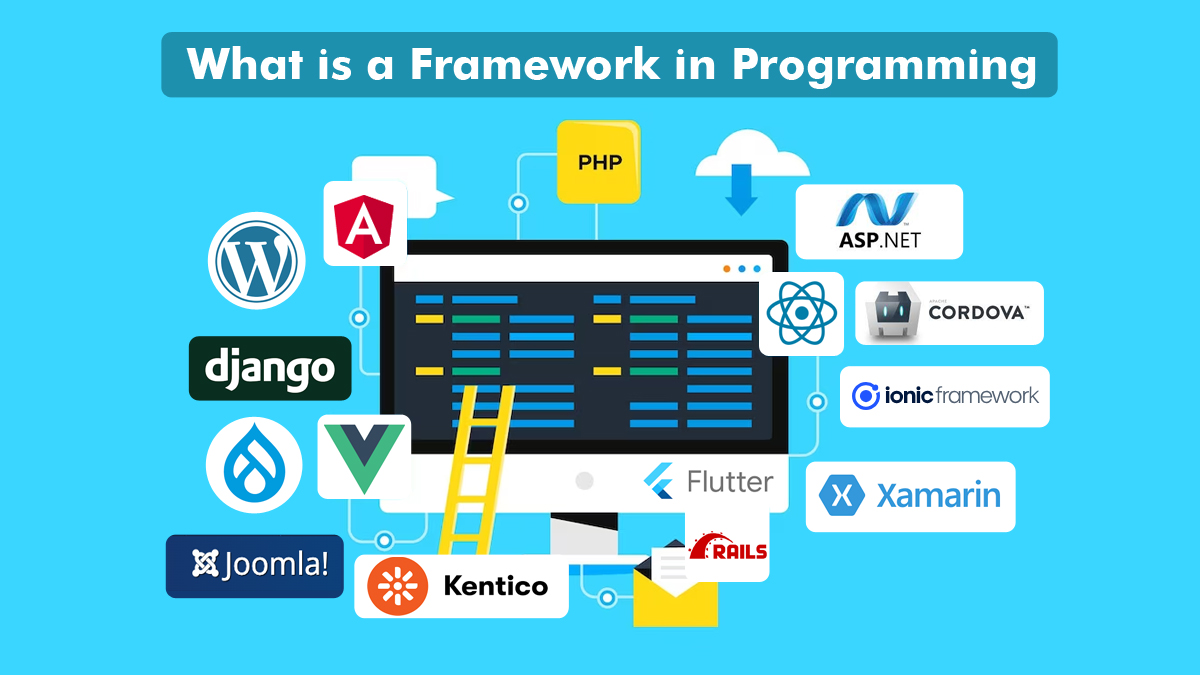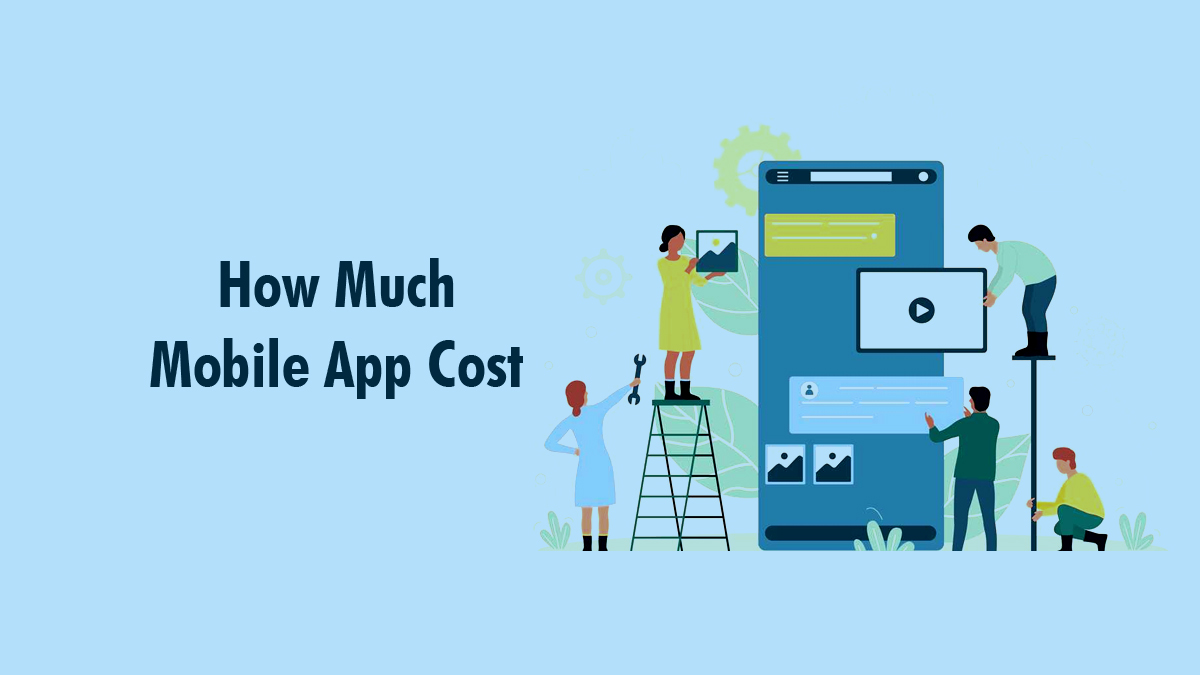In the realm of coding and software development, efficiency is the name of the game. But how does one achieve this coveted efficiency? The answer lies in understanding the core of programming – its frameworks. What is a framework in programming, you ask? It’s a pre-built structure that serves as a foundation upon which you can build your own application. A framework comprises pre-written code, libraries, and tools that provide a template for the creation of software applications.
Think of it as a blueprint that helps you construct your software house. It streamlines the development process, reduces the risk of errors, and ultimately, saves a tremendous amount of time and effort. Utilizing a framework is the key to efficient coding, but many programmers are still unaware of its benefits or how to properly implement it. If you’re one of them, fret not!
This post will shed light on the intricacies of programming frameworks, their advantages, and how you can use them to elevate your coding game. Embark on this journey to unlock the full potential of your coding abilities.
What Is A Framework In Programming?
The definition of a framework, as per the dictionary, is a “basic structure underlying a system,” which aligns closely with our understanding of a framework in programming. The core concept of a framework remains consistent whether you’re engaged in constructing a house, designing a car, formulating a theory, or developing a mobile app: it serves as the foundational and essential guide for creating the structure.
A framework is a valuable tool in programming that offers pre-built components or solutions designed to expedite the development process. It’s crucial to bear in mind that while a framework may include a library, what truly distinguishes it is the principle of inversion of control (IoC). In conventional programming, custom code interfaces with a library to access reusable routines. In contrast, with IoC, the framework proactively initiates the invocation of specific custom code when needed.
The term “programming framework” encompasses a wide range of elements essential for software and system development. This includes support programs, compilers, code libraries, toolsets, and APIs. It’s also noteworthy that open-source frameworks undergo continuous updates and enhancements to maintain their relevance and effectiveness.
A frontend development company utilizes frameworks to streamline the development process, as they provide pre-built components and structured approaches to create user interfaces, manage data, and implement responsive design, thereby reducing the time and effort required to build robust and interactive web applications.
What Is The Role Of Frameworks In Software Development?
A framework serves a specific purpose: it simplifies the lives of developers by providing the foundation for conventional, low-level functions. This eliminates the need for developers to reinvent the wheel with each project, allowing them to instead focus on the unique aspects of their application.
When a framework includes high-quality, pre-tested functionality, it not only enhances the program’s reliability but also reduces the time required to write code and streamlines the testing process. Furthermore, a framework with an active user community and ongoing updates enhances security and offers essential support.
In the bigger picture, frameworks are all about conserving valuable resources such as time and money. They accelerate development and yield more dependable results.
What Are The Characteristics Of An Effective Framework?
There are several frameworks available, and while popularity may influence your selection, choosing the best match for your project is critical. Let’s examine some important characteristics to consider when choosing the best framework:
- Functionality: First and foremost, the framework should provide the necessary functionality for your project. Avoid investing in a framework that offers more features than you require; it’s a waste of both time and money. Keep in mind that every framework has limitations, so select one that aligns with your project’s specific needs.
- Consistency: It’s essential to have a framework that promotes consistency, especially when working with a large or remote team. It ensures that everyone is on the same page and adheres to consistent coding practices.
- Documentation: Opt for a framework with well-documented code and ample training resources for implementation. Well-written documentation can save a significant amount of time and frustration during the development process.
- Active User Community: The strength of a framework often hinges on its user community. A well-established framework with a large user base is more likely to offer ongoing support, regular updates, and solutions to common problems. Therefore, consider the framework’s popularity and the level of support it receives.
By keeping these characteristics in mind, you can make a more informed and practical decision when selecting a framework for your project.
The Difficulties Of Using A Software Framework
Utilizing software frameworks can get costly when developers are not proficient in the underlying programming language or overly rely on the framework instead of crafting customized code. This over-reliance can lead to software bloat and performance issues.
Moreover, choosing a relatively new framework or one with inadequate support carries potential risks. It may necessitate expensive adjustments if the framework becomes outdated. The project might also encounter difficulties if the framework’s limitations are not thoroughly understood.
Types Of Programming Frameworks
In the world of software development, programming frameworks are akin to specialized tools designed for specific tasks. These frameworks are constructed on top of programming languages and are crafted to concentrate on particular functions, such as mobile app development, web app creation, or database management. In this section, we will dive into various programming frameworks, explore the most popular ones for each application, and provide real-world examples to bolster your understanding.
Web Frameworks
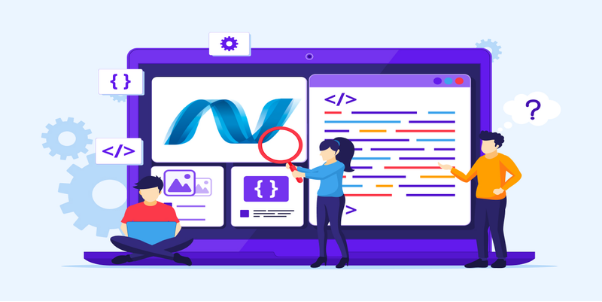
Web application frameworks, often referred to as web frameworks, are essential tools for developing web applications. They assist in the development of web services, web resources, and web APIs. It’s important to note that there are distinct web frameworks for the front end (which addresses the web app’s appearance) and the back end (which manages its functionality).
Front-End Frameworks
Front-end frameworks, also known as client-side frameworks, provide basic HTML, CSS, and JavaScript templates and components for building the front end of a website or web application.
- Angular

The Google Angular Team developed the open-source Angular web application framework. Thanks to its extensive user base, Angular is built with TypeScript and offers a wide range of tools and solutions. Angular excels at creating highly customized Progressive Web Applications (PWAs).
It’s worth mentioning that AngularJS incorporates all the framework’s earlier JavaScript-based versions, up to version 1.X. However, with the introduction of version 2 and the adoption of TypeScript, Angular takes on an entirely new approach. Currently, more than 1.4 million live websites leverage Angular.
Prominent companies such as PayPal, Freelancer, Google, and Nike are among those that use the Angular framework.
Also Read: Angular vs React – Which Framework is the Best for your Application in 2024?
- React JS
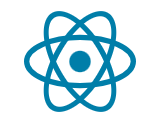
A JavaScript framework known as React JS, or simply React, is dedicated to the development of user interfaces (UI) and their individual components. Its singular focus on this aspect proves advantageous as it simplifies the entire process.
Furthermore, React is renowned for its user-friendliness, offers a wide array of packages for your convenience, and excels at assisting you in building feature-rich applications. React stands as the most frequently downloaded front-end framework in the past year, and it enjoys support from both Facebook and a robust developer community.
Well-known companies, including Facebook, Instagram, Uber, Netflix, and Airbnb, use the React JS framework. In their UIs, React has been effectively utilized.
- Vue JS
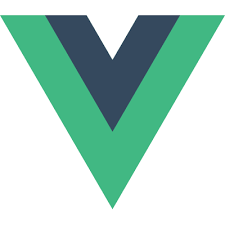
When it comes to utilizing HTML and CSS, the JavaScript framework Vue.js is highly flexible. It employs the Model-View-View Model (MVVM) architecture. Vue has a substantial and supportive community and is well-known for its ease of learning. Currently, it boasts more downloads than Angular but still lags behind React in terms of popularity.
Trustpilot, Nintendo, and Behance are among the websites and applications that make use of the Vue.js framework.
Back-End Frameworks
Backend, or server-side, frameworks provide fundamental capabilities that you may rely on as the basis for your development work. Depending on the programming language you’re using and the platform you’re targeting, you’ll choose a different framework.
- Ruby on Rails
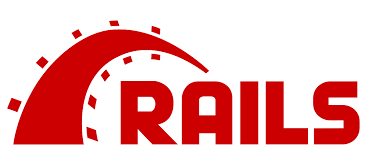
Ruby on Rails, an open-source framework, is developed in the Ruby programming language. It performs exceptionally on Linux and adheres to the model-view-controller (MVC) architecture. It has earned a notable reputation for its robust security features and scalability, boasting a rich repository of third-party libraries that can significantly expedite the development process.
It’s important to highlight that Ruby on Rails is the choice of approximately 17% of the top 10,000 websites. Some prominent examples of websites built with Ruby on Rails include Airbnb, Kickstarter, BaseCamp, and CafePress.
- PHP Frameworks (Laravel, CodeIgniter, CakePHP)
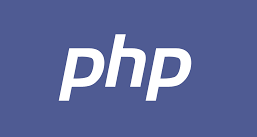
PHP frameworks play a crucial role in web development, serving as collections of pre-written code that facilitate the creation of web applications in PHP. Notably, PHP is a versatile programming language that operates seamlessly across various platforms, making it a favored choice for constructing the backend of websites and online applications.
When delving into PHP frameworks, several major ones stand out, with Laravel, CodeIgniter, and CakePHP being the most renowned.
Let’s start with Laravel. Its popularity stems from its clean and expressive syntax, signifying its ability to produce code that is both clean and comprehensible. This, in turn, significantly expedites the development process. Laravel also boasts a sophisticated Blade template engine, serving as a valuable tool for crafting the visual aspects of your web project.
Next in line is CodeIgniter, which is celebrated for its lightweight framework, occupying minimal space and exhibiting high efficiency. When employing CodeIgniter, you are spared the task of building extensive code from the ground up, resulting in substantial time savings.
Lastly, we have CakePHP, often referred to as the “workhorse” among the three. It incorporates a scaffolding system, enabling it to generate code based on specific principles. This feature proves invaluable in streamlining the development process.
Several websites showcase the practical applications of these frameworks. For instance, MyRank is constructed using Laravel, while Casio and Nissan rely on CodeIgniter. 10FastFingers serves as an example of a website powered by CakePHP. These instances demonstrate just a fraction of what these frameworks can achieve in real-world scenarios.
- Django

Django is an open-source framework specifically designed for Python. It promotes rapid and scalable development while placing a strong emphasis on clean design principles. Its primary goal is to offer a wide range of tools to simplify your development tasks. Django is particularly renowned for its utility in developing visual effects, games, and interactive services.
Notable services such as Disqus, Instagram, Spotify, and YouTube have been developed using Django.
Also Read: Django Vs Ruby on Rails Comparison: Which Framework to Use in 2024
- ASP.NET and ASP.NET Core
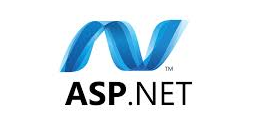
Microsoft developed the ASP.NET framework, which is used for creating web services and applications. It is an open-source platform that functions with a variety of operating systems. On the other hand, ASP.NET Core is a more recent iteration of ASP.NET, designed to be more versatile and modular. ASP.NET supports web applications and services in .NET, C#, F#, and Visual Basic.
Notably, Microsoft, Stack Overflow, and GoDaddy are some well-known applications that have been created using the ASP.NET framework.
Mobile App Development Frameworks
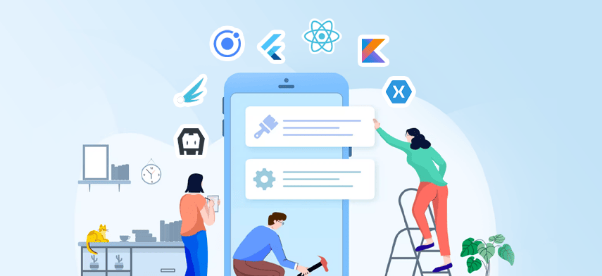
A mobile development framework, also known as a mobile app development framework, is a tool that assists in creating mobile apps tailored to specific environments. These environments can be categorized into three types: native (designed for specific platforms), hybrid (combining a native backend with a web frontend), and cross-platform (code shared across multiple platforms). It’s worth noting that, in addition to the frameworks described below, there are numerous others, such as Swiftic, NativeScript, and Ionic.
React Native

To facilitate the development of applications across various platforms such as Android, iOS, macOS, tvOS, the web, Windows, and UWP, Facebook introduced the open-source JavaScript UI framework known as React Native. While it employs the React library to construct user interfaces, its primary focus is on mobile platforms as opposed to web browsers.
Some noteworthy examples of applications built using React Native include those from Facebook, Skype, Instagram, and Tesla.
Flutter

Google’s open-source mobile user interface (UI) framework is known as Flutter. It is designed to aid developers in building cross-platform applications. Beyond mobile apps, Flutter 2 also enables the creation of web and desktop applications. Flutter is a modern and user-friendly framework built on the Dart programming language. One of its standout features is the ability to instantly observe changes through its hot reload function, significantly expediting development by providing real-time updates.
Prominent organizations such as Amazon, Microsoft, Adobe, eBay, and Google Ads have adopted the Flutter platform for their applications.
Xamarin
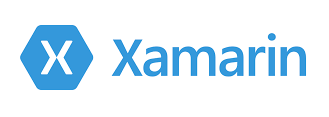
Xamarin is an open-source framework from Microsoft that leverages C# and .NET for application development. Its primary goal is to offer a cross-platform solution, allowing developers to write code that can execute on various platforms. What makes Xamarin particularly intriguing is its ability to transform user interface components into platform-specific elements, delivering a more authentic and native experience on iOS, Android, and Windows devices.
Notable examples of applications constructed using the Xamarin framework include Alaska Airlines, Microsoft Azure, Outback, and BBC Goodfood.
Ionic

Ionic is essentially an open-source framework for making mobile applications that can be used with Android, iOS, and web browsers. JustWatch, MarketWatch, and Untapped are a few famous apps created with Ionic.
Apache Cordova
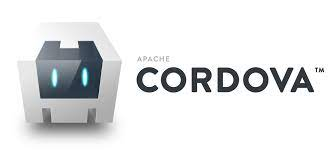
Apache Cordova, formerly known as PhoneGap, is a free and open-source framework. This framework is invaluable for developing mobile apps using common web technologies such as JavaScript, HTML, and CSS. What sets it apart is its role as a bridge between these web technologies and the native features of your device.
By utilizing Apache Cordova, you can create apps that seamlessly run across multiple platforms while harnessing the device’s inherent capabilities. These capabilities encompass accessing contacts, managing file systems, utilizing the camera, and more. Notably, HealthTap and Trello are two apps developed using Apache Cordova.
Content Management Frameworks

A Content Management System (CMS) enables you to create, oversee, publish, and refresh content, including blog entries, eBooks, mobile apps, and various online assets. On the flip side, a content management framework (CMF), commonly referred to as a CMS platform, offers reusable components for managing online content. It possesses attributes of both a web application framework and a CMS.
When making a choice regarding a CMS framework, it is imperative to take into account factors beyond just price, programming language, and ease of use. You should also give thought to aspects such as SEO, personalization, and security.
WordPress

WordPress is a well-known and open-source content management system (CMS). It’s the preferred choice for over 42% of websites.
One of WordPress’s standout features is its user-friendliness. Whether you’re managing a large eCommerce site or simply running a small blog, it caters to non-technical individuals admirably. The platform offers a wide array of plugins, themes, and extensions that serve as the foundation for crafting a unique and flexible website. To ensure your site operates smoothly, opt for plugins that enjoy a strong reputation and receive regular updates.
To illustrate its versatility, consider some prominent websites such as Sony Music, Angry Birds, TechCrunch, The New Yorker, and BBC America, all of which are built on the WordPress platform. This showcases the trust and reliance placed in WordPress by numerous renowned brands and companies.
Drupal

Drupal is a PHP-based content management system (CMS) that is free, open-source, and supported by a substantial user base. It’s worth noting that compared to some other CMS platforms, Drupal may require a bit more technical expertise.
One of Drupal’s standout features is its flexible taxonomy, making it an excellent choice for projects involving extensive content, community elements, and sizable webmaster teams.
Notably, well-known websites such as Arsenal FC, InStyle, Mattel, Tesla, and Warner Bros. Records utilize the Drupal platform.
Joomla

The Content Management System (CMS) Joomla is open-source and free. You can personalize your website using themes and extensions, making it comparable to Drupal and WordPress. It’s important to keep in mind, though, that Joomla is a moderately tricky platform. While it offers more sophisticated functionality than WordPress, it is more user-friendly than Drupal, making it suitable for non-technical users.
Joomla is ranked as the third most popular CMS platform in terms of popularity. It boasts a solid track record in terms of security and was designed with SEO optimization in mind from the beginning.
If you want to see examples of how Joomla is used as a framework, you can visit websites like IKEA, LINUX, Holiday Inn, and Harvard University.
Kentico
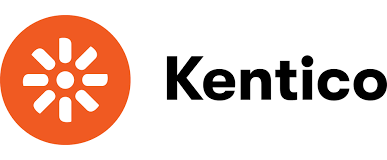
In simple terms, Kentico is a commercial framework and platform based on ASP.NET and Microsoft SQL Server. It offers several pre-built options designed to streamline your experience and facilitate a quicker installation process. Kentico distinguishes itself through its user-friendly tools for creating and editing pages.
Here are some websites that utilize the Kentico Framework to provide you with a clearer picture: Skype.com, NewsMax, Swagger.io, Gibson, and First American Bank.
Data Science Frameworks
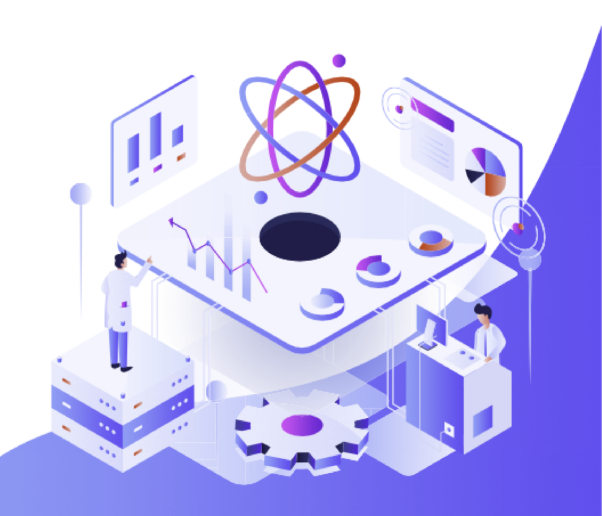
Data science encompasses a wide range of issues in which we employ statistical techniques, scientific methods, algorithms, or systems to extract information from data. It’s currently a booming industry, thanks in part to the captivating possibilities facilitated by artificial intelligence and machine learning.
While Python remains the primary language for a majority of data science work, other frameworks such as TensorFlow, PyTorch, Apache Spark, and NumPy are gaining increasing popularity. In this post, we will delve into each of these frameworks in-depth.
TensorFlow

Google developed TensorFlow, which is essentially an open-source machine learning platform with deep-learning neural networks at its core. Anyone can build and use machine learning applications using the tools and libraries provided by this platform. These programs can perform a wide variety of tasks, including speech recognition, image recognition, gesture understanding, object localization, language translation, reading printed text, speech synthesis, and text classification.
Some famous examples of projects created using TensorFlow include Google Translate, FaceNet, Mozilla’s Deep Speech, and Google RankBrain.
PyTorch

PyTorch is an open-source tool for developing deep-learning models. It is widely employed in the field of artificial intelligence due to its capability to facilitate flexible neural network construction. PyTorch is commonly utilized for various tasks, including image classification, object detection, and natural language processing.
Apache Spark

Apache Spark is an open-source platform for extensive data analytics and processing. It’s highly adaptable because it supports many programming languages, such as Java, Scala, Python, and R, making it a viable option for a wide spectrum of developers and data scientists.
Examples of what Apache Spark can perform include large-scale data processing and analytics, real-time stream processing, machine learning, predictive analytics, and data streaming.
Common Programming Framework Misconceptions
Many people often confuse programming frameworks with programming languages, but it is critical to understand that they are separate concepts.
Framework vs Programming Language
Consider the following to distinguish between them: A programming language is akin to a multipurpose tool that can be employed for various tasks. On the other hand, a programming framework is more like a specialized tool designed for specific activities, such as constructing web apps, mobile apps, content management systems (CMS), or working on data science projects.
It’s crucial to remember that every programming framework is built on top of a programming language. It provides guidelines that specify how the framework operates. Essentially, the framework serves as a platform that assists you in creating software. It’s important to note, however, that you can create software entirely without a framework by using one or more programming languages.
Framework vs Library
A library is simply a collection of unique tools or components that you can use to perform specific tasks in your code. You can use these tools directly from your code whenever you need them.
In contrast, a framework is more like the overarching structure or environment in which your program is constructed. It’s similar to the foundation because it grants you access to many tools, such as libraries, to assist you throughout the development process. In other words, a framework provides a set of standards and capabilities for developing software within the framework’s hierarchical structure.
So, while a library consists of tools that you can utilize, a framework encompasses the entire system that houses those tools and provides instructions on how to use them efficiently. This can help you structure and streamline your development process.
Conclusion
Whether you work in the mobile app development sector or provide cross-platform app development services, programming frameworks are unquestionably valuable tools. These frameworks offer a platform for addressing common issues, including implementing excellent programming techniques and staying current with technological advances.
In simple terms, the right frameworks can expedite the process of bringing your apps to market and help you accomplish your growth objectives. However, the challenge lies in selecting the most suitable frameworks for your specific needs and understanding how to integrate them to successfully meet all your goals.
FAQs
Is Node.js considered a framework?
Node.js isn’t really a framework; instead, it’s more like a JavaScript runtime environment that enables programmers to execute JavaScript code on the server side. To build server-side apps, you may undoubtedly combine Node.js with various frameworks and modules; it is important to note.
Are there frameworks that cater to specific industries or domains?
Some frameworks are designed for sectors or domains like eCommerce, healthcare, or finance. These sector-specific frameworks frequently comprise functions and resources pertinent to the industry’s particular needs.
What part does a framework play in the SDLC or software development life cycle?
A framework can be extremely important in the SDLC by giving development tasks a well-structured foundation. The development process is streamlined from strategy and design to implementation and testing.
What distinguishes front-end frameworks from back-end frameworks?
React, and Vue.js are examples of front-end frameworks that concentrate on creating user interfaces for online applications. Express.js and Django are examples of back-end frameworks that manage server-side logic and database interactions. They collaborate to produce full-stack applications.
Are there frameworks that are platform-agnostic?
Yes, some frameworks are meant to be platform-agnostic, meaning they can be utilized across different operating systems and platforms. One well-liked framework for creating cross-platform desktop apps is Qt.
What kind of contributions can be made to an open-source framework?
By sending bug reports, producing documentation, upgrading code, or making plugins and extensions, you may help open-source frameworks. On their respective websites or repository pages, the majority of open-source projects publish their contribution policies.

